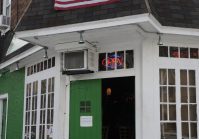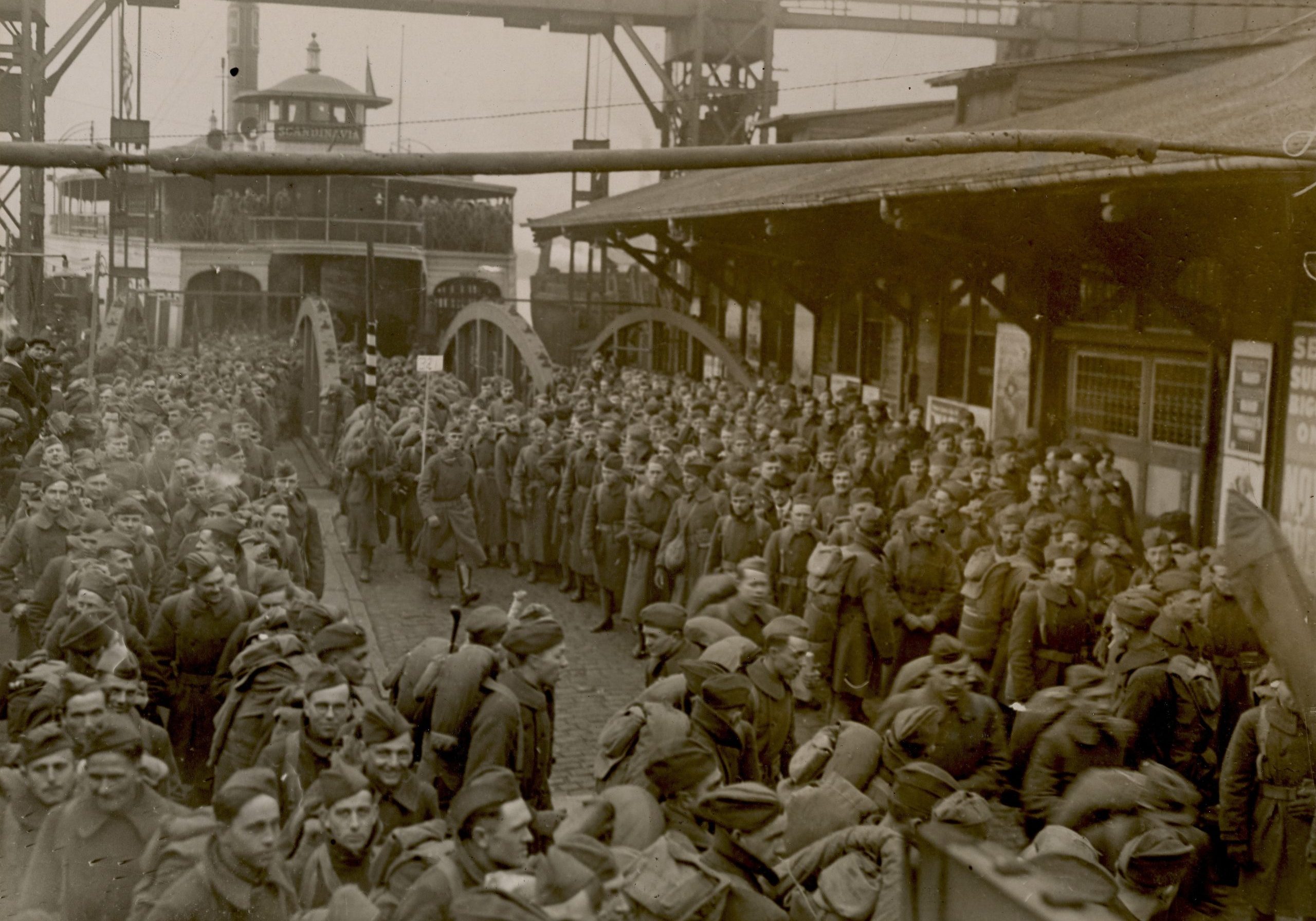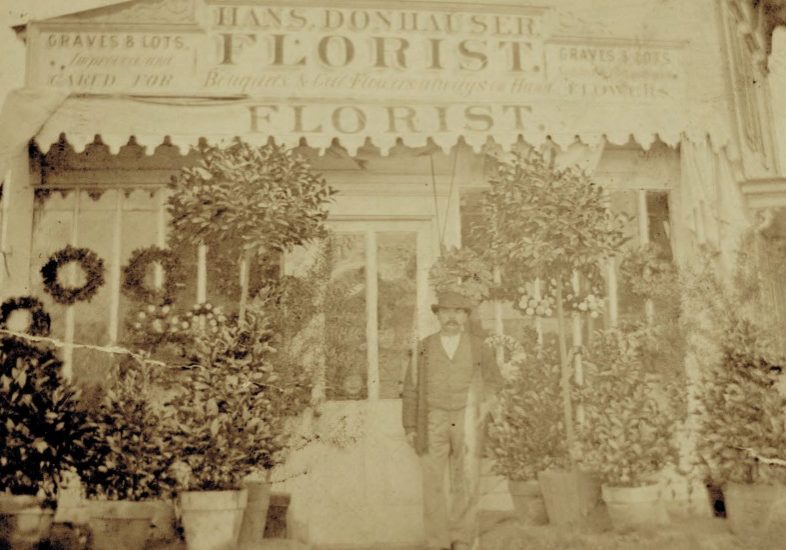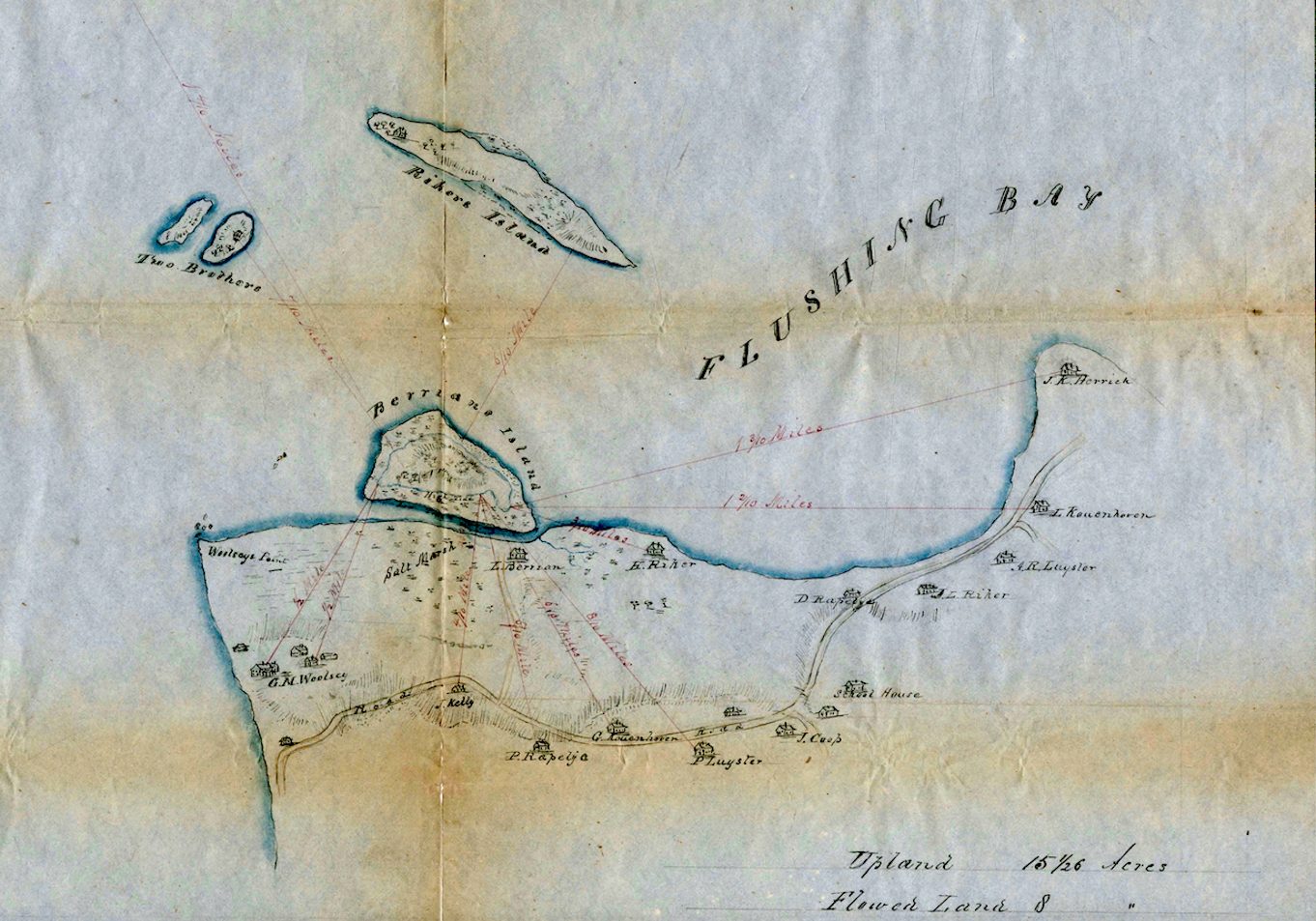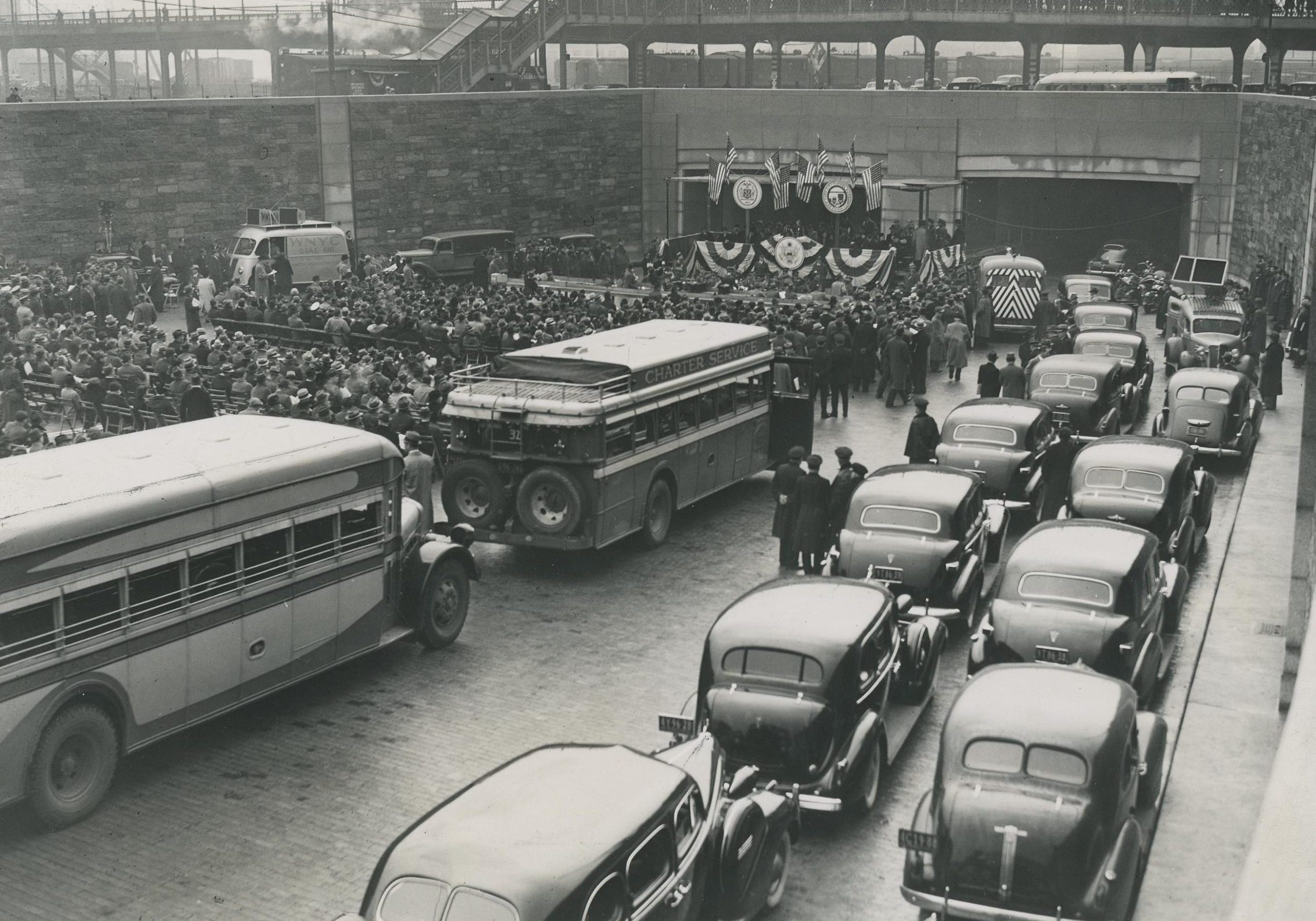Woodside’s Colonial Cemetery
Woodside has a secret. Our neighbor to the south, one of the oldest settlements in Queens, is home to one of the few surviving family cemeteries in the city of New York.
Marked for years by nothing more than a rusty sign, the Moore-Jackson family cemetery has been in existence since 1733 when Queens, like the rest of New York, was part of the British Empire. Samuel Moore established the family burial space at what is today 31-36 54th Street. Moore was the son of the Reverend John Moore, first minister of Astoria.

In 1684, Samuel Moore built a homestead on property that he purchased which ran from the East River to Bowery Bay Road today’s. It is believed that his homestead was the birthplace of the famous Newtown Pippen Apple.
During the Revolutionary War, Samuel’s son, Nathaniel Moore owned the farm. Later, Astoria resident John T. Jackson took over the property by marrying a member of the Moore family and that’s when the burial ground was deemed Moore-Jackson. It was during the Civil War that the last recorded burial took place.
In 1901, the Dutch style farmhouse, stood on the southwest portion of the property was demolished after being vacant for many years. In 1919, the property was surveyed and it was discovered that it contained forty-two graves. The government ran program, the Works Progress Administration cleared out the land and arranged the remaining headstones in 1936 after a Long Island City resident named William J. Reynolds came upon the tombstones buried under extremely tall grass and weeds and bits of garbage ranging from broken flower pots to car tires. In the twentieth century, the Queens Topographical Bureau surveyed the cemetery in 1919 and was able to locate 42 identifiable monuments.
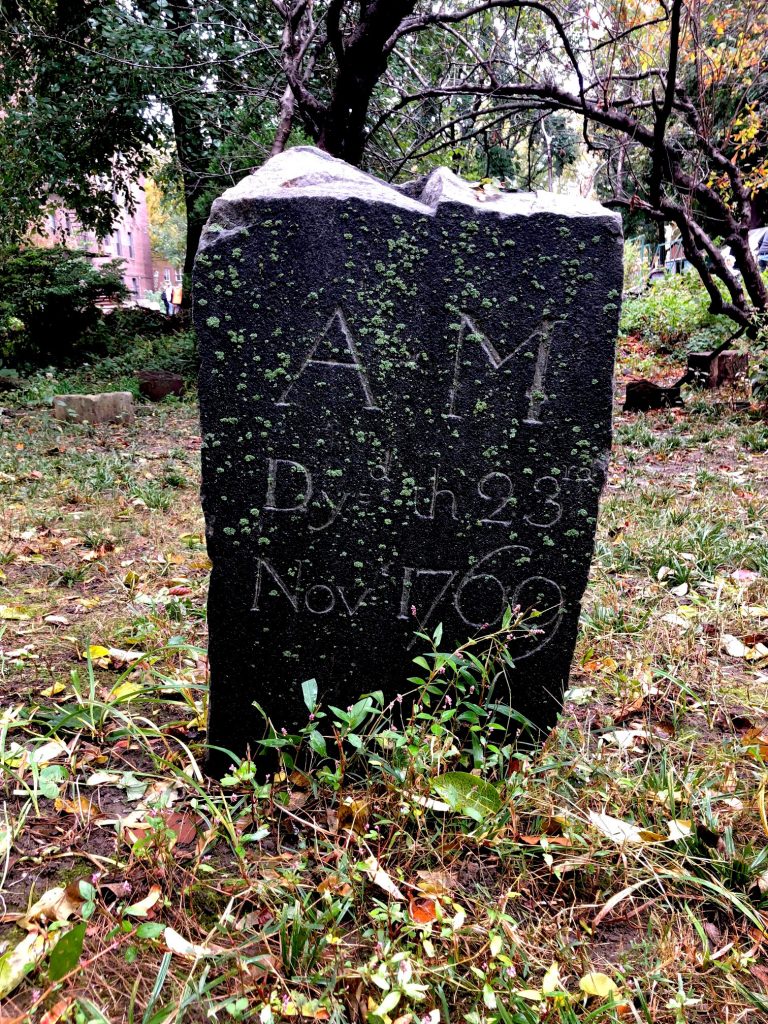
The tombstone of Augustine Moore who died in 1769 which has stood for more than 250 years in the Moore-Jackson Cemetery in Woodside.
In 1924, development had arrived to within a few dozen yards from the very tombstones, which has stood for centuries. When construction started that year, the cemetery was used as a rubbish dump. A chain link fence was erected in 1956, but the cemetery continued to be neglected. With the support of area elected officials and the Queens Historical Society, the Moore-Jackson Cemetery was declared a NYC Landmark in 1997. Finally, in 2018, local volunteers helped establish the Moore Jackson Community Garden www.moorejacksonnyc.org/ and have since cleaned all weeds and tall grass and have established a garden, which grows fruits and vegetables and an area for composting.
The centerpiece of all the tombstones in the cemetery is Augustine Moore’s well-preserved 1769 granite stone marker, which faces 54th Street. According to records from Queens Borough Hall, Augustine was the son of Samuel Moore Jr, and died at age 17. Also buried here is Astoria descendent Samuel Hallett Moore. His stone reads: “In memory of Samuel Hallett Moore, son of David & Jemima H. Moore, who departed this life June 26, 1813 aged 23 years, 5 months and 15 days.” The cemetery is also the final resting place to famous Astoria families like Berrian, Riker and Rapelye.




